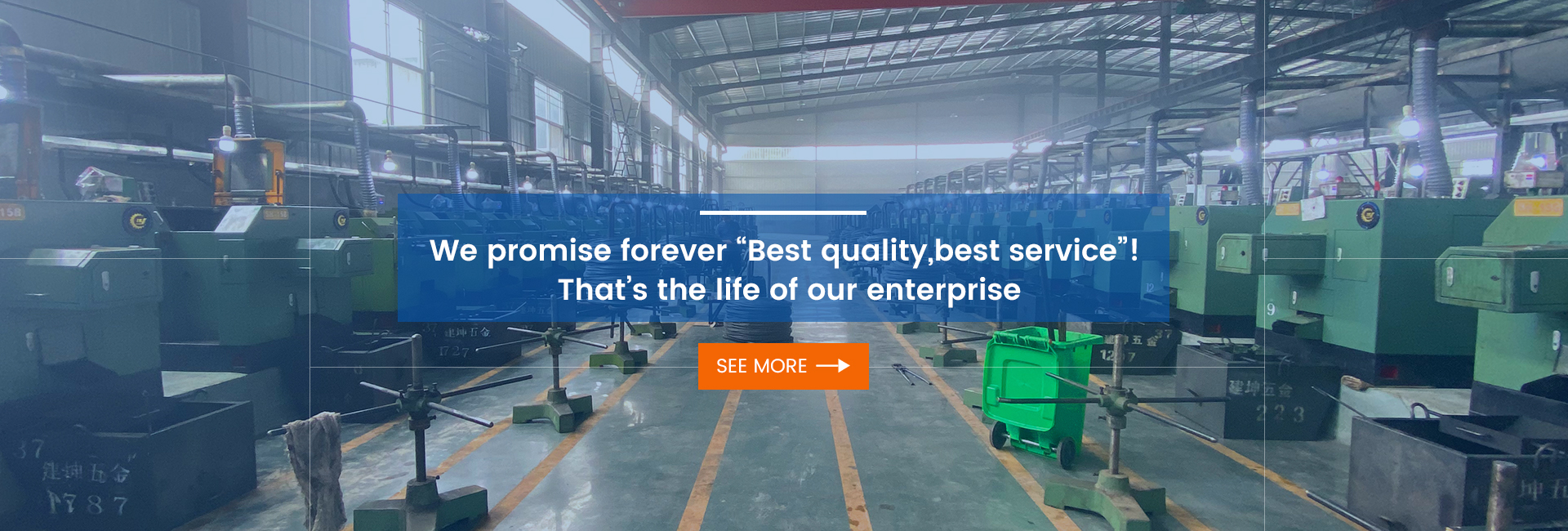When it comes to concrete, people often think of two essential tools: concrete nailers and hammer drills. Both tools have specific uses and excel in different applications. Understanding the strengths and limitations of each tool is essential to making an informed decision as to which tool is right for your project.
Concrete Nailer: Precision Nailer
A concrete nailer is a pneumatic or electric tool designed to drive nails into concrete, masonry, and other hard materials. It operates by utilizing compressed air or an electric motor to force nails through the material. Concrete nailers are particularly effective for tasks that require a large number of nails to be driven in, such as framing, sheathing, and installing siding.
Advantages of Concrete Nailers:
Speed and Efficiency: Concrete nailers can drive nails faster than using a hammer, especially when dealing with a large number of fasteners.
Reduce Fatigue: The pneumatic or electric mechanism of a concrete nailer eliminates the need for manual hammering, reducing arm and hand fatigue.
Consistent Penetration: Concrete nailers ensure consistent nail penetration depth, ensuring proper fastening and preventing damage to the material.
Disadvantages of Concrete Nailers:
Limited Versatility: Concrete nailers are primarily designed for driving nails and may not be suitable for other tasks such as drilling.
Initial Investment: Concrete nailers can be more expensive than hammer drills, especially professional-grade models.
Noise Level: Pneumatic concrete nailers can be quite noisy and require hearing protection when operating.
Hammer Drills: Drilling and Fastening in Hard Materials
A hammer drill is a versatile power tool that combines the functionality of a drill with a hammer mechanism. It can effectively drill holes in hard materials such as concrete, brick, and stone while also driving nails and screws. A hammer drill is often the tool of choice for tasks involving drilling and fastening.
Pros of Hammer Drills:
Versatility: A hammer drill can accomplish both drilling and fastening tasks, making it a more versatile tool than a concrete nailer.
Affordability: Hammer drills are often more affordable than concrete nailers, especially entry-level models.
Compact Size: Hammer drills are often more compact and lightweight than concrete nailers, making them easier to maneuver in tight spaces.
Disadvantages of hammer drills:
Slower nail driving speed: Hammer drills are not as efficient as concrete nail guns when driving a large number of nails.
Increased arm fatigue: The hammering action of a hammer drill can cause increased arm fatigue compared to using a concrete nail gun.
Poorer nail penetration: A hammer drill may not provide the same level of consistent nail penetration depth as a concrete nail gun.
Choosing the right tool: Considerations
The choice between a concrete nail gun and a hammer drill depends on the specific requirements of the project. If your primary task is to drive a large number of nails, a concrete nail gun is a more efficient and ergonomic choice. However, if you need a tool that can handle both drilling and fastening tasks, a hammer drill offers greater versatility at a more affordable price.
Other factors to consider:
Material hardness: The hardness of the material being worked on will affect the choice of tool. For harder materials such as concrete or brick, a hammer drill may be necessary.
Project scope: The size and scope of the project will also affect the decision. For large projects that require a large number of nails, a concrete nail gun may be more time-saving.
Personal preference: Ultimately, personal preference and comfort with each tool will influence the decision.
Conclusion
Both concrete nailers and hammer drills are valuable tools for working with hard materials. Understanding their strengths, limitations, and suitability for specific tasks is essential to making an informed choice and ensuring projects are completed efficiently and effectively.
Post time: Jul-08-2024



